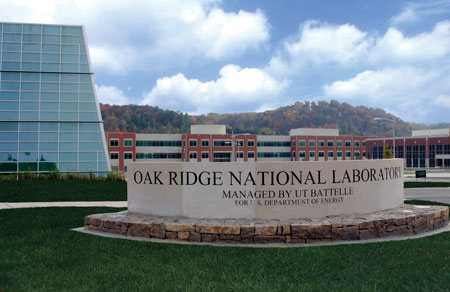Power systems producer Siemens Corp. will team up with three national energy labs to test new technologies to bolster electricity supply, options and resiliency in the years ahead.
Siemens Corporate Technology, the company’s central research and development unit located in Princeton, New Jersey, has signed a memorandum of understanding on the pace. The partners will be three U.S. Department of Energy R&D facilities: The National Renewable Energy Laboratory in Golden, Colorado; the Oak Ridge National Laboratory in Oak Ridge, Tennessee; and the Pacific Northwest National Laboratory in Richland, Washington.
The memorandum established the framework for research scientists to share information and resources. They could collaborate on technologies to help integrate innovative power electronic devices with the electric grid, including smart inverters for solar panels, batteries, and electrical vehicles that are capable of supporting the nation’s power system.
The MOU may also lead to jointly-led scientific workshops, lectures, and symposia, as well as co-written publications and journal articles.
The potential collaboration is expected to leverage Siemens experience commercializing innovative power system technologies by supplying its Software Defined Inverter (SDI) technology, which would be tested and validated at specialized grid facilities at the three national laboratories. This promising new technology, once validated, could be incorporated into new technologies to strengthen and modernize the nation’s electric grid, including microgrids and distributed energy resources such as energy storage.
“Siemens is committed to developing innovative technologies needed to ensure that the power grid of the future is more resilient, secure, and capable of supporting distributed and low-carbon power generation assets,” said Ulrich Muenz, Siemens Corporate Technology research group head. “Collaborating with the Department of Energy’s U.S. National Laboratories and co-creating with the nation’s energy community is crucial to modernizing and enhancing America’s energy infrastructure.”
The MOU covers a five-year period with provisions to renew or extend the MOU.





